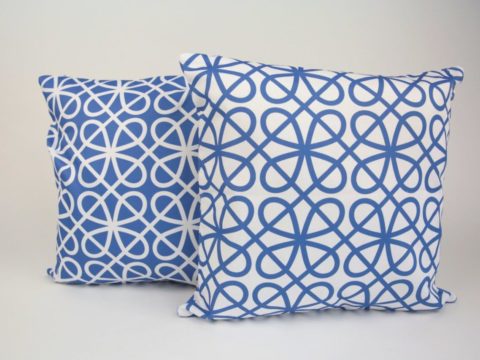Ladies and gentlewomen who served the queens
Chapter 1: The Lady Attendant
Aficionados of Downton Abbey may have watched with interest the scenes between Lady Mary and her long-suffering lady’s maid, Anna, and wondered if the depiction of their relationship is a true illustration of a woman of high rank and her most intimate attendant: the quasi-friendship that can never be real because the balance of power is so unequal, yet the real affection that means each seeks the other’s good.
Was that the relationship that Henry’s queens had with their ladies and gentlewomen, or that Mary I and Elizabeth I had with their maids-of-honour and ‘bedfellows’?
Probably not. Domestic service at the upper levels, as it was experienced in the nineteenth and twentieth centuries, was very different from that in the fifteenth, sixteenth and seventeenth centuries. In earlier times, almost everyone served someone else for at least a part of their life. It was part of their education for young people of high rank to live in a different household, to learn how to conduct themselves and fit into society.
A man who did not know how to serve, did not know how to command, was the theory. Margaret of Denmark, Queen of Scots, was insistent that her son, later James IV, should wait on her, so that he could experience both sides of the master-servant relationship.
The whole of society was based on a perception of mutual bonds of duty and service – the more junior in rank or age, served the more senior, but there was a reciprocal duty of care that went beyond the payment of money wages. As a boy progressed from page to squire to knight, he would take his place alongside his former master, and train up a new generation – perhaps even his old master’s son.
It was the same for women. As adolescents – usually from about the age of twelve, they would be sent to the household of a family of equal or higher rank to their own, where they would act as attendants on the mistress of the house, and learn her role. When they married, they in turn, would train other young women. Frequently, a young woman would have this role in the house where she would later marry one of the sons, and perhaps become mistress herself.
In such a society, there was not the vast difference of rank that characterises the gulf between Lady Mary and Anna. It is simply not possible that Anna could ever marry and become Lady Mary’s equal, whilst in the sixteenth century, it was perfectly possible that the attendant might later become the equal or superior in rank.
At the very top of society, noblemen’s daughters waited on the queen, whilst they had their own ladies, who in turn might have an attendant.
As well as the lady attendants there were servants of lower rank who undertook the more menial tasks of cleaning, laundering and emptying the slops, but they would be supervised by the ladies.
Within the ranks of the royal attendants, there were the more senior Ladies or Gentlewomen of the Privy Chamber, (the term ladies-in-waiting was not used) and maids-of-honour. The ladies of the bedchamber were usually older married women – probably close in age to the queen, and the women who were closest to being her friends in the true sense. At the Scottish court, the friendship between Mary, Queen of Scots and her ‘four Marys’ was well-known.
In England, we can infer that Maria de Salinas, Lady Willoughby d’Eresby, was a friend of Katharine of Aragon’s, and that her daughter, Katherine Willoughby, Duchess of Suffolk, was a friend of Katherine Parr’s (although not to the extent of caring much about the queen’s daughter).
Ladies who were married were not necessarily always in attendance; they had other duties to perform, and often child-bearing to manage. Not that child-bearing prevented Eleanor Paston, Countess of Rutland, from being at court. She bore at least eleven children during the period 1523 – 1539, but still served Anne Boleyn, Jane Seymour, Anne of Cleves and Katheryn Howard. In addition, there were the higher ranking ladies who might attend the queen from time to time but were not part of the normal routine, and were unwaged. Ladies in permanent attendance usually received some payment – either a salary, paid quarterly, or cash rewards on a more ad hoc basis.
The maids-of-honour were younger – usually at least sixteen – and unmarried. We know that they were usually of that age, as Anne Basset, daughter of Honor, Viscountess Lisle, was considered rather too young in 1536 when her mother hoped to place her in Queen Jane’s household when she was aged about 15. These younger women would be under the direct supervision of the mother-of-the-maids.








